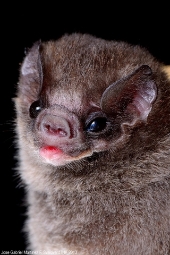
 12
12





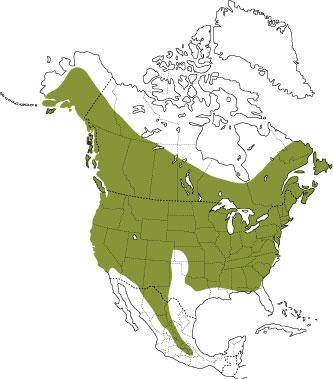
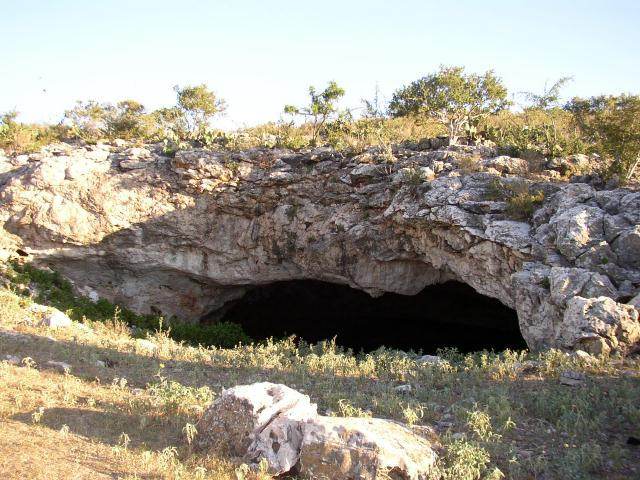
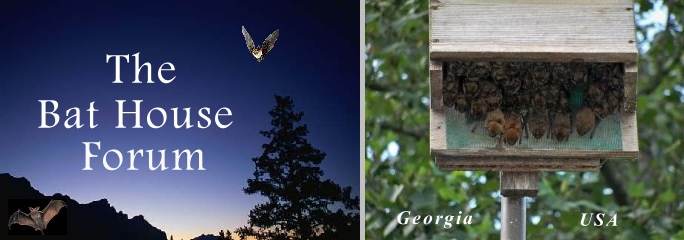
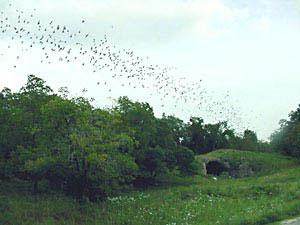
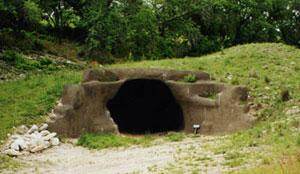
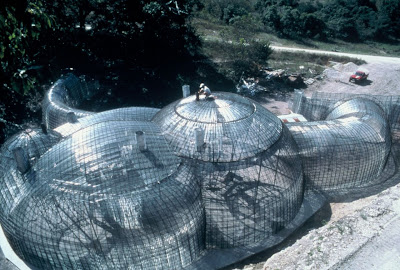
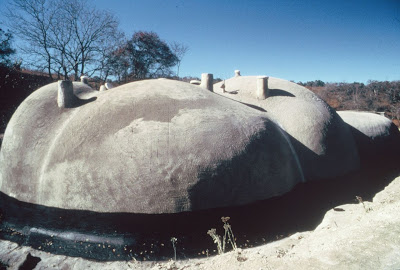
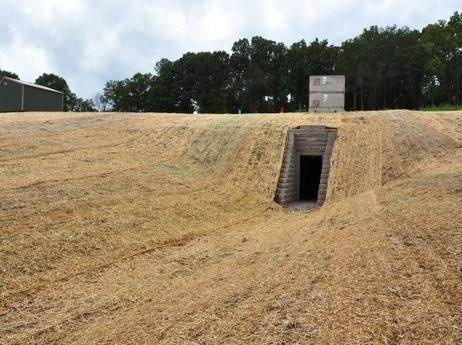
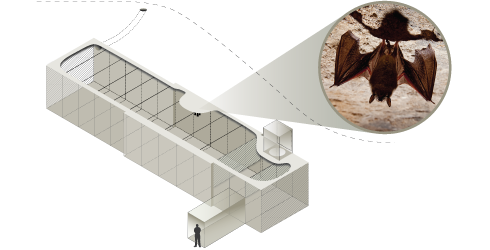
Those who hammer their swords into plows will plow for those who don't!
















 3
3






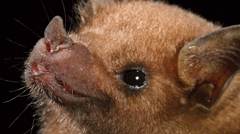
Idle dreamer
 1
1








Those who hammer their swords into plows will plow for those who don't!
 3
3




 2
2









Milton Dixon
Permaculture Productions - Great Lakes Permaculture Portal





Leila Rich wrote:
axes, DDT, cows, cats, possums, stoats etc, etc...
 4
4




"When there is no life in the soil it is just dirt."
"MagicDave"




We're growing a wiki out of this forum and can use all the help we can get... Won't you contribute? http://www.permies.com/permaculture




 2
2








 1
1




Milton Dixon
Permaculture Productions - Great Lakes Permaculture Portal
 1
1




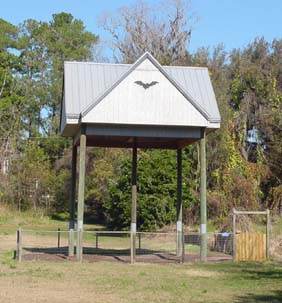
We're growing a wiki out of this forum and can use all the help we can get... Won't you contribute? http://www.permies.com/permaculture




The ultimate goal of farming is not the growing of crops, but the cultivation and perfection of human beings. - Masanobu Fukuoka
 1
1




hubert cumberdale wrote:
adunca that first video is amazing. i want to build one of those now.




Dan Poole wrote:
Does anyone know any rules of thumb for designing a bat cave? A few design considerations come to mind:
- Internal area, volume, ceiling surface area
- Opening size
- Opening aspect ratio
- cave depth
- light penetration
- temperature
- humidity
- water nearby
- wall material
How do you attract them or do they even need attracting if the cave is appropriate?
"When there is no life in the soil it is just dirt."
"MagicDave"









John Polk wrote:
While many of you were watching the swarm of bats, and thinking of the millions of insects they would eat, I was trying to imagine how much bat guano must get deposited on the floor each season. A true permaculture solution...convert too many insects into an extremely valuable natural fertilizer!




While many of you were watching the swarm of bats, and thinking of the millions of insects they would eat, I was trying to imagine how much bat guano must get deposited on the floor each season. A true permaculture solution...convert too many insects into an extremely valuable natural fertilizer!
The ultimate goal of farming is not the growing of crops, but the cultivation and perfection of human beings. - Masanobu Fukuoka




"When there is no life in the soil it is just dirt."
"MagicDave"




Seed the Mind, Harvest Ideas.
http://farmwhisperer.com
 1
1




Those who hammer their swords into plows will plow for those who don't!

 1
1




Seed the Mind, Harvest Ideas.
http://farmwhisperer.com
 1
1




I live in a mobile home park and have for almost 18 years. My bat houses have survived with very little maintenance. One did disappear though. I think someone took it because the mounting screws are still there. All 4 of them are very well populated and they have been that way for 14 years. Winter here is short compared to some places but it does get cold here. I always put up bat houses where ever I live. I have been helping bats have a place to call home for about 30 years. Sometimes ya just gotta do what ya gotta do.Amedean wrote:
The problem with bat houses are that they do not provide the protection they need during the winter when there is little food and give little roosting support. What I am proposing is a more permanent structure. Permanent structures will encourage much larger populations to make permanent residence and it can even potentially become a profitable enterprise in the guano market. I will update my post with bat cave design considerations from my research tonight.
"When there is no life in the soil it is just dirt."
"MagicDave"




Those who hammer their swords into plows will plow for those who don't!

 1
1




Seed the Mind, Harvest Ideas.
http://farmwhisperer.com




Those who hammer their swords into plows will plow for those who don't!
 1
1









Seed the Mind, Harvest Ideas.
http://farmwhisperer.com




"When there is no life in the soil it is just dirt."
"MagicDave"









"When there is no life in the soil it is just dirt."
"MagicDave"




We're growing a wiki out of this forum and can use all the help we can get... Won't you contribute? http://www.permies.com/permaculture
 1
1




Dave Bennett wrote:
Where I grew up in upstate NY bats don't live in caves. There aren't any caves. I imagine that if there were caves that they would choose them as home though. It gets down to zero and below here in Va. most winters and even colder for much longer periods in NY. The bats that live in the small houses I built for them here 17 years ago are filled to capacity. In the daytime if you look up inside them you see a brown blob of fur in all 4 of their little "condos" that are attached to trees at the back of my lot. In NY when I was younger lots of colonies of bats often over wintered in the steel superstructure beneath the bridges over the river. They did not freeze to death and it is pretty much out in the open 40 feet or so above the river. I have seen clusters of them during the summer months in trees along the river in areas where there are no man made structures. I have no clue where they hibernate when they are living out in the woods but there aren't any caves in that region.
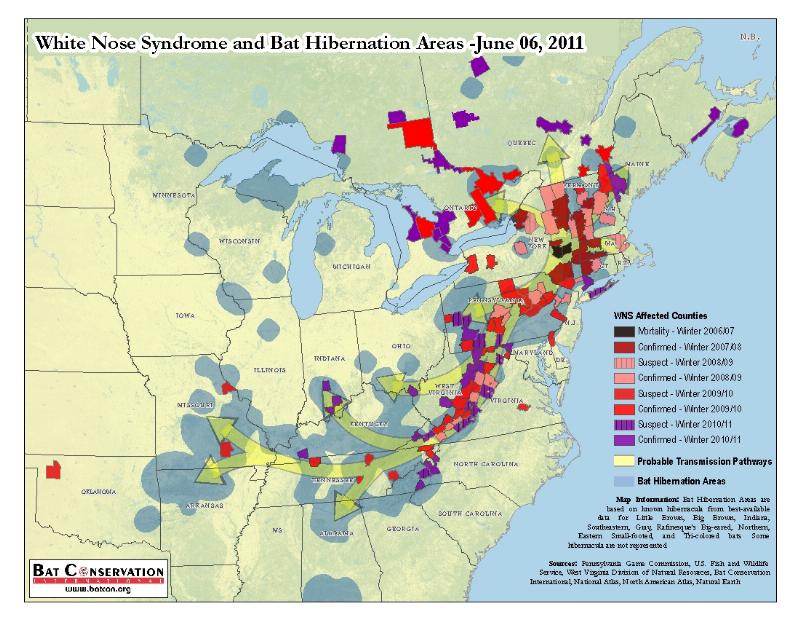
What is white-nose syndrome?
In February 2006 some 40 miles west of Albany, N.Y., a caver photographed hibernating bats with an unusual white substance on their muzzles. He noticed several dead bats. The following winter, bats behaving erratically, bats with white noses, and a few hundred dead bats in several caves came to the attention of New York Department of Environmental Conservation biologists, who documented white-nose syndrome in January 2007. More than a million hibernating bats have died since. Biologists with state and federal agencies and organizations across the country are still trying to find the answer to this deadly mystery.
We have found sick, dying and dead bats in unprecedented numbers in and around caves and mines from New Hampshire to Tennessee. In some hibernacula, 90 to 100 percent of the bats are dying.
While they are in the hibernacula, affected bats often have white fungus on their muzzles and other parts of their bodies. They may have low body fat. These bats often move to cold parts of the hibernacula, fly during the day and during cold winter weather when the insects they feed upon are not available, and exhibit other uncharacteristic behavior.
Despite the continuing search to find the source of this condition by numerous laboratories and state and federal biologists, the cause of the bat deaths remains unknown. A newly discovered cold-loving fungus, Geomyces destructans, invades the skin of bats. Scientists are exploring how the fungus acts and searching for a way to stop it.
-- http://www.fws.gov/whitenosesyndrome/

|
Tomorrow is the first day of the new metric calendar. Comfort me tiny ad:
Freaky Cheap Heat - 2 hour movie - HD streaming
https://permies.com/wiki/238453/Freaky-Cheap-Heat-hour-movie
|



